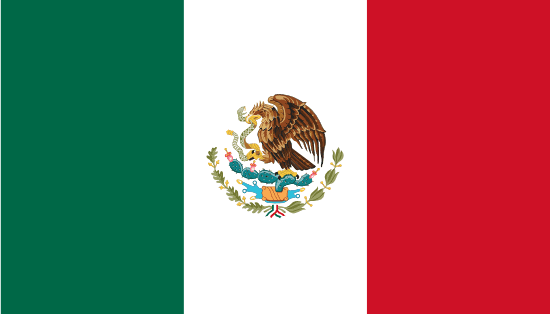"La Ciudad de los Palacios | The City of Palaces"
About:
Mexico City, founded in 1325 as Tenochtitlán by the Aztecs, became the Spanish colonial capital after its conquest in 1521. It gained independence in 1821, becoming Mexico's capital. The city saw significant growth in the 20th century, surviving a devastating earthquake in 1985. Today, it's a global city with significant cultural, political, and economic influence.
When to visit:
Mexico City is a vibrant destination that can be enjoyed year-round, but the best time to visit is during the holiday season from late November to early January. This period is marked by festive decorations, traditional events, and a lively atmosphere throughout the city. Visitors can immerse themselves in Mexican culture by witnessing colorful parades, indulging in delicious holiday foods, and experiencing the warmth of local traditions. Whether you're interested in exploring historic sites, enjoying cultural performances, or simply soaking up the holiday spirit, Mexico City during the holiday season promises a memorable and enriching experience.
When to avoid:
The worst time to travel to Mexico City on a holiday is during the rainy season, which typically occurs from May to October. This period is characterized by frequent heavy rainfall, which can lead to flooding and transportation disruptions in the city. Additionally, the high humidity levels during the rainy season can make the weather feel uncomfortably hot and sticky for visitors. Travelers may also encounter an increased risk of tropical storms and hurricanes during this time, further impacting their travel experience.
"Winter Season (Dec-Feb)"
Mexico City's wettest period is from June to October, with July being the rainiest month. During this season, the city experiences heavy afternoon showers and thunderstorms. The temperature ranges from 12°C to 22°C, with cooler nights. On average, the city gets about 7 hours of sunlight per day, but the sky is often overcast. Despite the rainfall, the city's vibrant culture and indoor attractions remain accessible. Visitors can expect to start the day with mild, sunny weather, but should prepare for sudden rainstorms in the afternoon.
"Summer (March-May)"
The warmest part of the year in Mexico City is from March to May, with April being the hottest month. During this period, the average high temperature ranges between 24-28°C (75-82°F), while the nighttime temperatures can drop to around 12-16°C (54-61°F). Despite being the warmest period, it's not excessively hot due to the city's high altitude.
Rainfall is relatively low during these months, with April being the driest month of the year. However, the end of May marks the start of the rainy season, so occasional showers can be expected. The city enjoys a good deal of sunlight, with an average of 7-8 hours of sunshine per day.
Humidity levels are moderate, typically around 50-60%, making the heat more bearable. As for cloudiness, the skies are mostly clear or partly cloudy, but as the rainy season approaches, cloud cover increases.
For a visitor, a typical day would start off cool and crisp in the morning, gradually warming up towards the afternoon. The heat of the day is generally comfortable, not overly humid or stifling. The evenings are cooler, sometimes requiring a light jacket. It's a good time to explore the city's outdoor attractions, but it's advisable to carry an umbrella or raincoat for unexpected showers towards the end of this period.
Language:
In Mexico City, the most commonly spoken language is Spanish, as it is the official and dominant language of Mexico. However, there are also significant communities speaking various indigenous languages, such as Nahuatl and Otomi. English is also widely understood, particularly in business and tourism sectors.




